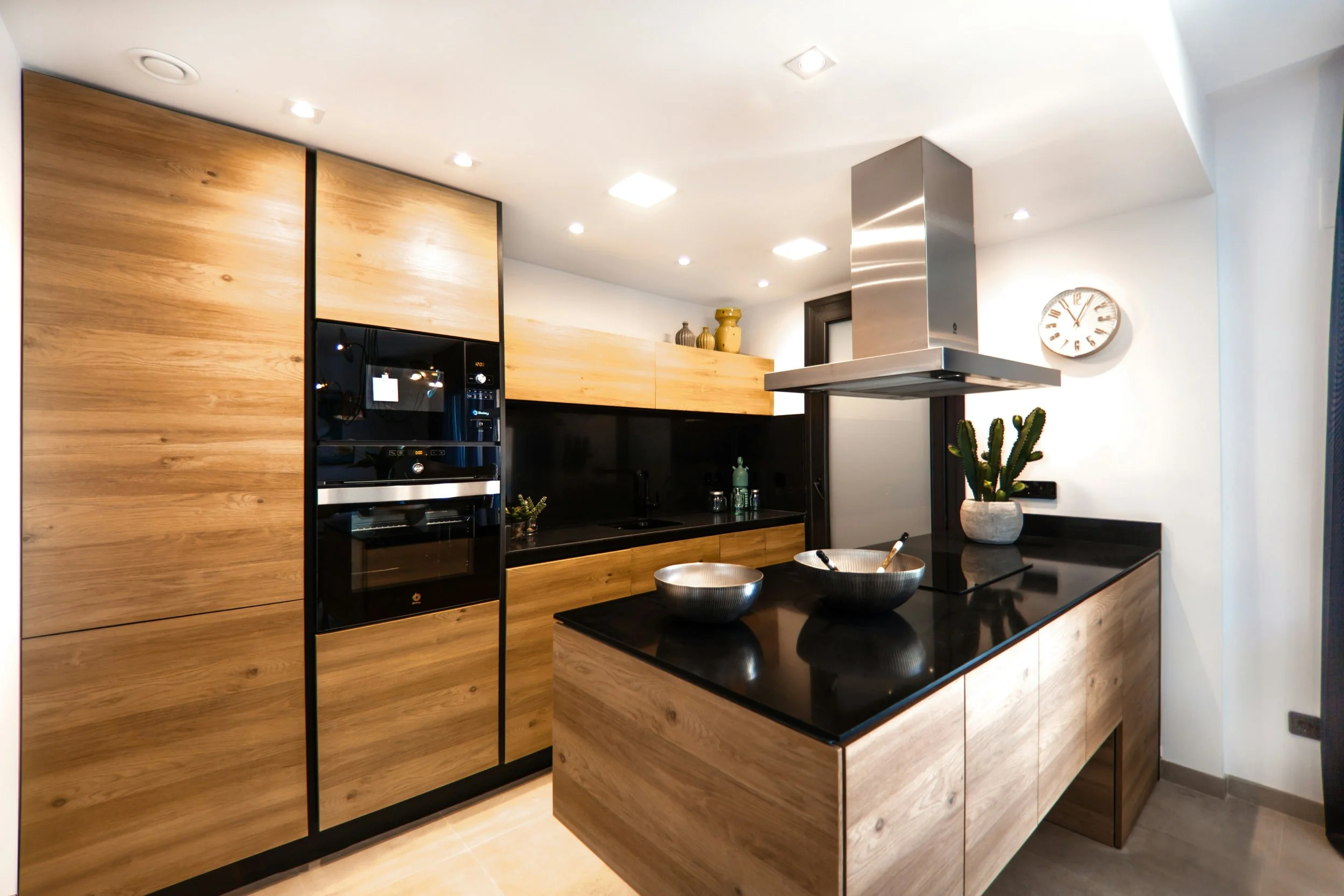Home Renovation Tips: Blending Modern Upgrades with Classic Charm
Renovating an older home can be a rewarding endeavor, combining the best of modern living with the timeless elegance of classic architecture. Achieving this balance requires thoughtful planning and a keen eye for detail. In this blog post, we'll explore how to update an older home while preserving its original character and charm.
Introduction
Renovating an older home presents unique opportunities and challenges. Unlike new construction, older homes come with history and character that can be preserved and celebrated. However, updating these homes to meet contemporary standards often requires careful planning. This guide provides practical tips and ideas for homeowners looking to blend modern upgrades with the classic charm of their older homes.
Assessing the Home's Existing Character
Before embarking on a renovation project, it's crucial to understand and appreciate the existing character of your home. Identify key architectural features, such as moldings, trims, windows, and doors, that define its charm. Take note of the materials and finishes used throughout the house, as these elements will guide your renovation choices.
Planning Your Renovation
Effective planning is the foundation of a successful renovation. Start by establishing your goals: what modern amenities do you want to incorporate, and which original features do you want to preserve? Create a detailed budget and timeline, considering potential challenges unique to older homes, such as structural issues or outdated wiring.
Modern Upgrades with a Classic Twist
Kitchen Renovations
The kitchen is often the heart of the home, and modernizing this space can significantly enhance functionality. Consider installing state-of-the-art appliances that blend seamlessly with classic cabinetry. Opt for a farmhouse sink, marble countertops, and subway tile backsplashes to maintain a timeless appeal.
Bathroom Updates
Updating bathrooms can improve both aesthetics and comfort. Incorporate modern fixtures like rainfall showerheads and freestanding tubs while retaining vintage charm through hexagonal tile flooring and classic vanity styles. Pay attention to lighting, combining elegant sconces with contemporary LED fixtures for a balanced look.
Living Spaces
In living rooms and other communal areas, focus on creating a comfortable, cohesive environment. Open floor plans are popular in modern homes, but in older homes, it's essential to maintain some separation between rooms to preserve their character. Use classic furniture pieces alongside modern amenities like built-in speakers or smart home systems.
Preserving Original Features
Architectural Details
Preserving original architectural details is key to maintaining the charm of an older home. Refinish or repair features like crown moldings, wainscoting, and hardwood floors instead of replacing them. If replication is necessary, seek out artisans skilled in traditional techniques.
Materials and Finishes
Where possible, use materials that match or complement the home's original construction. This includes wood, stone, and plaster. When updating finishes, choose paint colors and textures that reflect the period of the home. Avoid overly trendy materials that might clash with the historic aesthetic.
Blending Old and New
Color Schemes
A well-thought-out color scheme can bridge the gap between old and new. Neutral tones with pops of color can create a harmonious balance. Consider using period-appropriate colors for walls and trim while incorporating contemporary hues in furniture and decor.
Furniture and Decor
Select furniture and decor that complement the home's style. Antique or vintage pieces can coexist beautifully with modern items if they share common design elements or colors. Mix and match textures, such as pairing a sleek leather sofa with a rustic wooden coffee table, to add depth and interest to the space.
Conclusion
Select furniture and decor that complement the home's style. Antique or vintage pieces can coexist beautifully with modern items if they share common design elements or colors. Mix and match textures, such as pairing a sleek leather sofa with a rustic wooden coffee table, to add depth and interest to the space.
